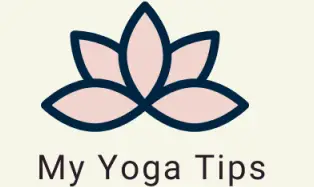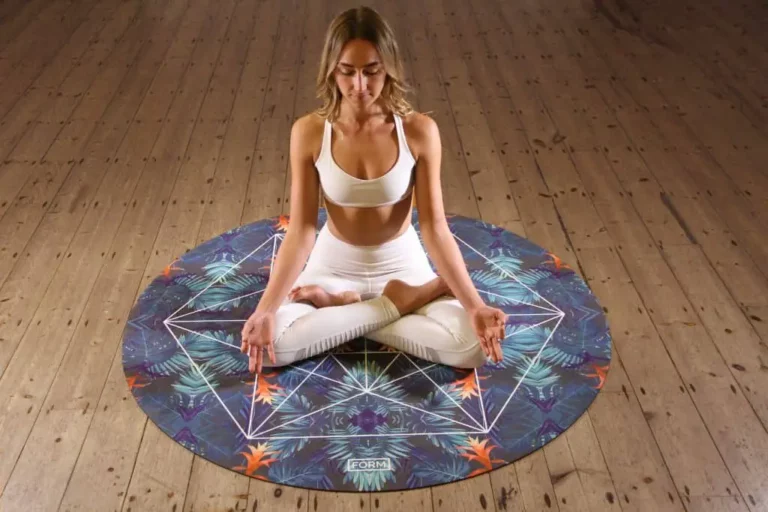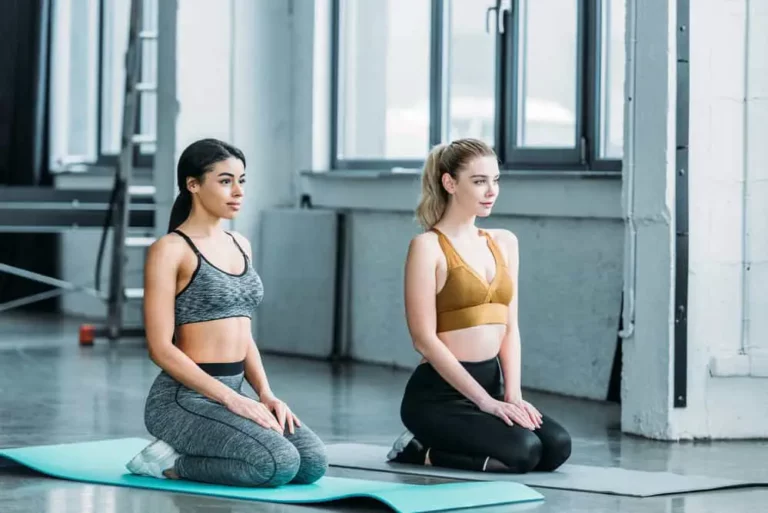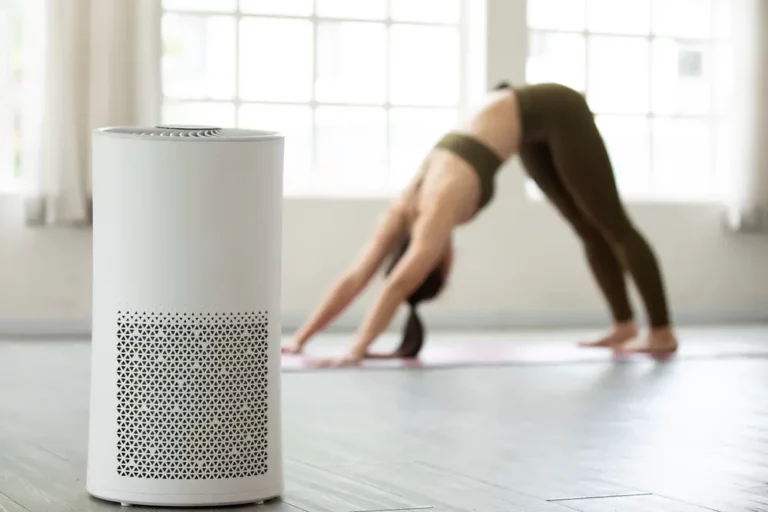10 Reasons Downward Dog Is So Popular

Yoga is a wellness practice that strengthens and uplifts the body, mind, and spirit. Downward Dog, also referred to as Down Dog, is one of the first asanas (poses) that you’ll learn as a beginner yogi. While this pose may seem extremely basic, it is far more than a warm-up and cool-down asana; it is full of complex benefits.
Downward Dog stretches and strengthens the lower and upper body muscles while naturally improving your posture by opening your chest and shoulders and aligning your spine. More so, it helps relieve tension, strengthen joints, stimulate blood flow and circulation, and boosts your overall mood.
Although downward Dog isa pose specifically for yoga, this standing position is often performed during Pilates, post-runs, and injury-prevention plans, all because of its rewarding benefits for your strength, flexibility, stamina, and overall well-being. So, let’s dig into the ten benefits of the famous downward dog asana.
Benefits Of Downward Dog
Downward Dog is a yoga stretch that requires you to get down on all fours to stretch the whole body, similar to how a dog stretches its body (hence the common name).
Downward Dog is mainly performed during Ashtanga and Vinyasa yoga styles, either as a resting pose or a transitional movement into the next position.
The primary benefits of downward Dog include the following:
- Downward Dog stretches the lower body, including your hamstrings, calves, and ankles. More so, it strengthens the hips, quadriceps, and ankles.
- Downward Dog stretches and strengthens the upper body, specifically the shoulders, arms, and back muscles.
- Downward Dog helps strengthen your core.
- Downward Dog improves your posture by opening the chest and shoulders, which helps straighten the vertebrae and aligns the spine.
- Downward Dog relieves tension.
- Downward Dog helps boost your overall mood and provides relief from mild depression.
- Downward Dog stimulates blood flow and improves circulation.
- Downward Dog improves walking and prevents injuries by fine-tuning and strengthening the smaller muscles in your feet.
- Downward Dog strengthens your bones and joints.
- Downward Dog can help clear your head and sinuses.
Downward Dog Stretches And Strengthens The Lower Body
Basic everyday activities like standing, walking, and sitting all day can cause the hip, glute, hamstring, and calve muscles to become tight throughout the day.
Practicing the Downward Dog pose will naturally help stretch and release the muscles by stretching and oping the back of the legs from the glutes, along the hammies, and down to the calves.
More so, it will increase your flexibility and strengthen the front legs as you flex your hips, quads, and ankles.
Downward Dog Stretches And Strengthens The Upper Body
Downward Dog is a fantastic pose to relieve tension by stretching the back and chest muscles. As you lengthen your back and spine, more oxygen flows into the body, leaving you feeling strong, healthy, and energized.
More so, by stabilizing the upper body, you need to engage the arm, chest, shoulder, and back muscles. So, you strengthen the entire upper body while practicingthis pose.
Lastly, downward Dog is excellent for your wrists and can aid in preventing carpal tunnel syndrome.
Downward Dog Strengthens The Core
When you move into the downward dog pose, you essentially have to engage your abdominal muscles (core) by pulling your navel toward the spine. Therefore, Downward Dog helps to strengthen and tone your entire abdominal area.
A strong core also aids in better posture, and engaging the abdominal muscles also improves the body’s ability to digest food properly.
Downward Dog Improves Posture
Many of us live corporate lifestyles during the day that requires us to hunch at our computers or desks throughout the day, causing tensions and tightness in our upper back and chests. Fortunately, Downward Dog serves as a helpful antidote that treats us from the tedious hours we spend hunched over.
Downward Dog improves your posture by opening the chest and shoulders, which helps straighten the vertebrae and aligns the spine.
Downward Dog Relieves Tension
When you elongate and stretch the cervical spine and neck while in the Downward Dog pose aids in reliving the tension that builds up along your spine.
More so, allowing your head to relax as it hands upside down increases the blood flow to the brain and helps relieve stress and tension.
Downward Dog Helps Relieve Mild Depression
As you are in an upside-down position while doing the Downward Dog, the blood flow to the brain automatically increases.
The additional blood flowing to the brain helps calm the nervous system, relieving stress, insomnia, headaches, fatigue, and even mild depression.
Downward Dog Stimulates Blood Flow & Increases Circulation
Downward Dog is an inversion. So, like a headstand, your head is in a position lower than your heart, allowing more blood to flow to the brain.
Therefore, in a downward dog position, blood flow throughout the entire body is improved. More so, the improvement in blood circulation aids in flushing harmful toxins, boosting immunity, and regulating blood pressure.
Lastly, increased circulation aids in boosting your energy and helping you focus.
Downward Dog Strengthens Your Foot Muscles
Downward Dog improves walking and prevents injuries by providing an excellent ankle and calf stretch and strengthening the smaller stabilizing muscles in your feet.
In turn, this will protect you from potential injuries while walking, running, or hiking by transferring your weight effectively.
Downward Dog Strengthens Your Bones & Joints
Downward Dog is a weight-bearing exercise that helps strengthen your upper extremities by improving bone density, critical for preventing osteoporosis.
Additionally, Downward Dog helps strengthen your ankle and wrist joints while ensuring they do not overstretch.
Downward Dog Can help Clear Your Head
Downward Dog helps clear your head in more ways than one.
Downward Dog is an inversionthat helps open up the sinuses, reducing nasal congestion by encouraging mucus flow. More so, Downward Dog reduces asthma symptoms and improves stiffness.
Lastly, downward Dog helps clear your mind by relieving tension.
Conclusion
Downward Dog is a basic pose for beginners and experts that offers many benefits. It can work out uncomfortable kinks in the body while increasing blood flow to the brain, boosting your mood and health.
Downward Dog strengthens and stretches your muscles from head to toe – it is a truly rewarding pose. However, ensure that you practice it correctly to reap the full reward.
Namaste!







